|
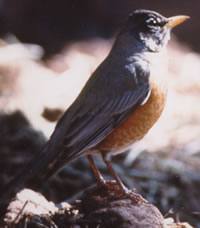 Our
yard is full of Fringillids and Turdidae. These are not some
mythical creatures from Middle Earth or deposits made by neighborhood
dogs. No, these are the common backyard birds that come to
our feeders and nest in our trees - Finches and Robins. Our
yard is full of Fringillids and Turdidae. These are not some
mythical creatures from Middle Earth or deposits made by neighborhood
dogs. No, these are the common backyard birds that come to
our feeders and nest in our trees - Finches and Robins.
Though the robins have yet to launch into their splendid spring
singing - Cheerup Cherio - the finches are all over the chart.
The house finches, or Linnets as some birders call them, have
a distinctive interruption to their warbling song. The whistled
notes terminate with a descending, slurred “veeerrr”
that betrays their identification.
Of course, the brilliant coloration of the males also helps
in determining the species’ identity. The males have
a brilliant orange-red crown and reddish throat, chest and
rump; colors that separate them from the other Fringillids
that hover around the feeders - pine siskins and American
goldfinches. Both the males and females, who are much duller
in color, have stout sparrowlike bills. I like to watch these
birds work the unshelled sunflower seeds at the feeder with
a speed and dexterity that would make any Major League sunflower-seed-cracking
ballplayer jealous.
Common to the clan, these finches don’t show up in ones
and twos, especially now in late winter. They descend like
a small cloud of insects, constantly moving from feeder to
safety and back again. Occasionally, some lookout will feel
too nervous and the whole lot of them disappear into the surrounding
hedges like phantoms.
As winter fades to spring, these birds will become less gregarious
and more territorial. Like their namesake, these finches are
comfortable nesting in and around human habitations. They
prefer nest sites with overhead cover and rarely nest in broad-leaved
trees, so look for them in your conifers, roof overhangs,
or beneath the covers of street lamps. Outside of town, these
birds tend to occur in riparian areas or near cliff faces
where they nest in deep crevices in the trees or on canyon
walls.
So how do these finches get their coloration? They are what
they eat. House finches derive their coloration from carotenoids,
naturally occurring pigments that also give carrots, tomatoes
and autumn leaves their color. The finches, who will easily
bypass any helping of tomatoes, probably obtain these pigments
from fruit or flower petals. Don’t expect to see a house
finch scarfing down an apricot or peach; their fruit preferences
are wild berries or the fruits of certain ornamental plants.
Interestingly, feather color is determined by a bird’s
diet only when it is molting and growing new feathers. Their
diets tend to increase in carotenoids when the birds are molting
and the amount of carotenoid intake doesn’t matter during
the rest of the year - they don’t get much redder than
red.. Deficiencies in their diets accounts for the yellow
or orange plumage associated with some adults.
Because of their striking color, back in the 1940s this reddish
coloration made these birds a prize in the caged-bird trade.
With a western distribution, birds were illegally imported
to the East Coast. Marketed as “Hollywood finches,”
agents from the U.S. Fish and Wildlife Service halted the
trafficking, but not before some birds were released on Long
Island and elsewhere in the metropolitan area. These isolated
populations survived and a reverse expansion was under way.
Today, the distribution for these finches is across most of
the lower 48 states, northern Mexico and southern Canada making
Hollywood Red top billing in the bird-feeding backyards across
America.
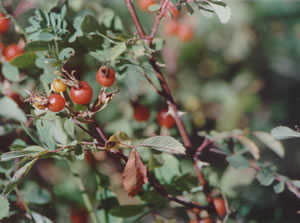
|
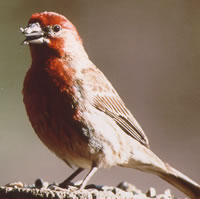
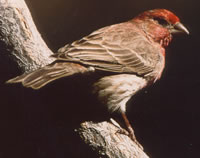
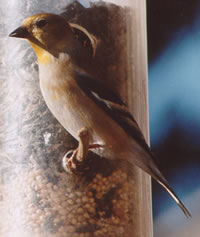
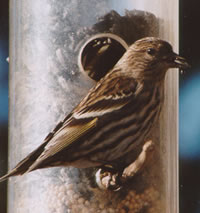
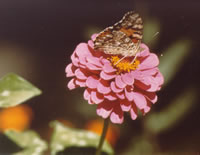
|